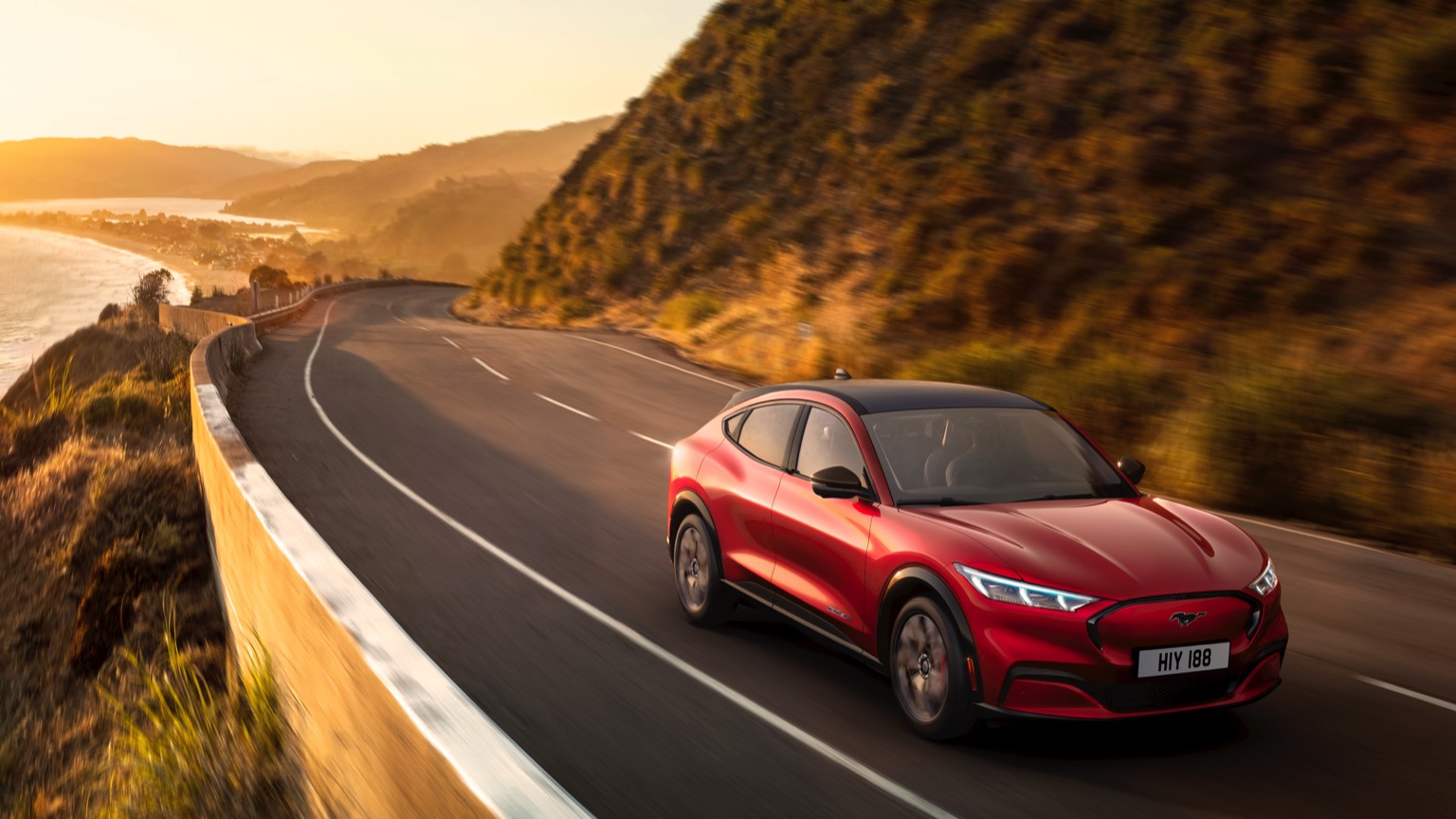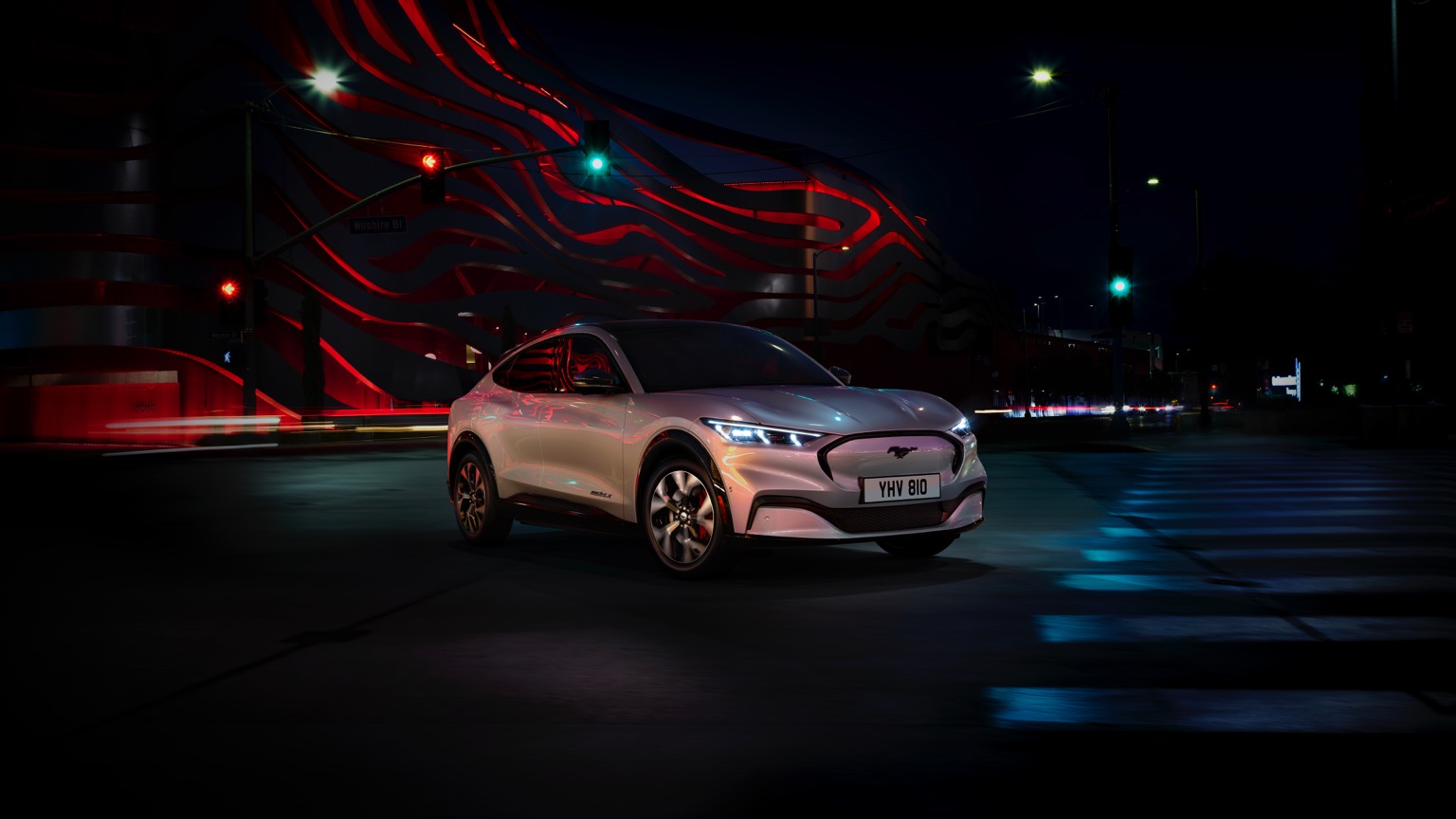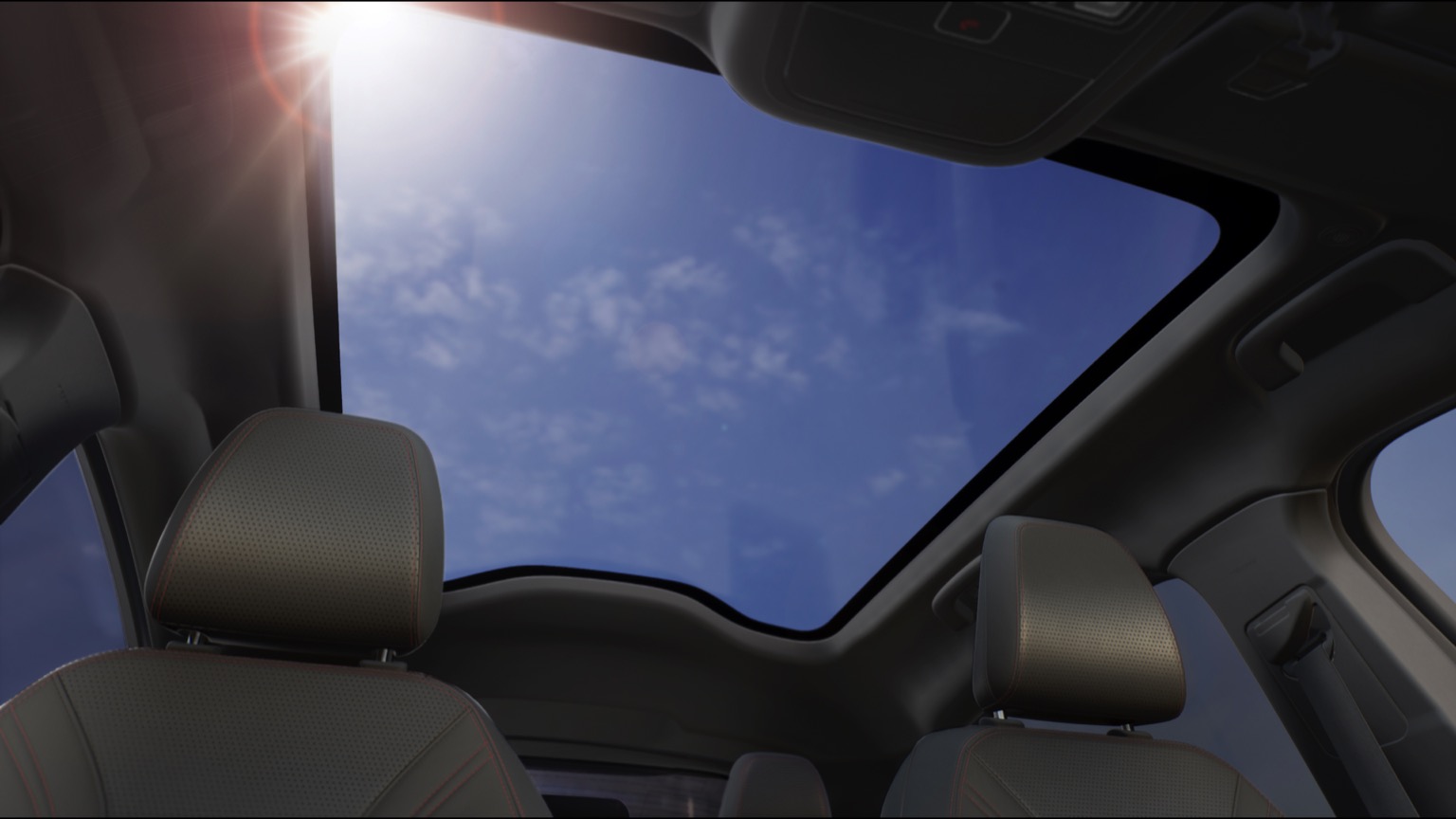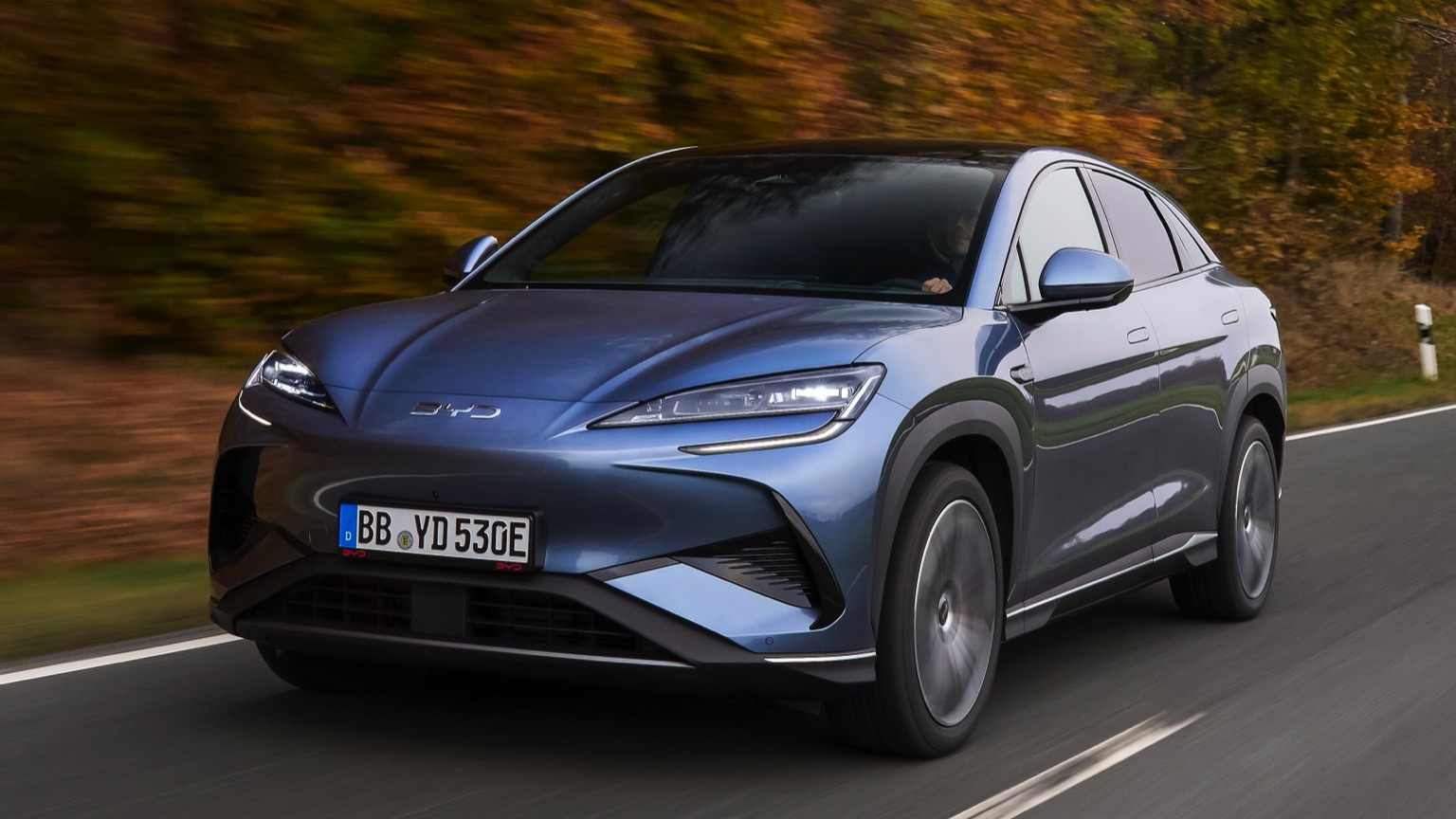Driving Range
In short, how many miles you can travel on a full charge. Is length important? Let’s not open that can of worms…
Efficiency
How many kWh of charge are needed to travel a set distance. The fewer needed, the more efficient your EV is. Easy!
Battery
The bigger the battery, the more power it can hold. In essence, fewer stops needed to top up your charge. Ahh, simplicity!
Top Speed
The maximum speed you can reach with your foot pressed hard to the floor. Important when escaping a zombie apocalypse, we assume.
Seats
Well, you don’t want to have to leave anybody at home… or do you?
Body
From stylish SUVs and compact crossovers, to curvaceous coupes and handy hatchbacks, there’s a perfect shape for everyone!
Isofix
The safe way to attach a child seat. Typically, these are hidden in the join between the back seats, alongside the crumbs from your last meal deal.
Safety Rating
A measure that considers the amount of safety kit installed, how a vehicle performs in crash testing and how safe it is for both pedestrians and cyclists.
| City - Cold Weather | 265 miles |
| Highway - Cold Weather | 190 miles |
| Combined - Cold Weather | 225 miles |
| City - Mild Weather | 380 miles |
| Highway - Mild Weather | 240 miles |
| Combined - Mild Weather | 300 miles |
Indication of real-world range in several situations. Cold weather: 'worst-case' based on -10°C and use of heating. Mild weather: 'best-case' based on 23°C and no use of A/C. For 'Highway' figures a constant speed of 110 km/h is assumed. The actual range will depend on speed, style of driving, weather and route conditions.
| Charge Port | Type 2 |
| Port Location | Left Side - Front |
| Charge Power | 11 KW AC |
| Charge Time | 9hr 45m |
| Charge Speed | 27 mph |
| Fastcharge Port | CCS |
| FC Port Location | Left Side - Front |
| Fastcharge Power (max) | 150 |
| Fastcharge Time | 47m |
| Fastcharge Speed | 230 mph |
General Charging (0 - 100%)
Charging is possible by using a regular wall plug or a charging station. Public charging is always done through a charging station. How fast the EV can charge depends on the charging station (EVSE) used and the maximum charging capacity of the EV
| Charging Point:Charging Point | Power:Power | Time:Time |
|---|---|---|
| Charging Point:Wall Plug | Power:2.3 kW | Time:46hr 45m |
| Charging Point:1-Phase 16A | Power:3.68 kW | Time:29hr |
| Charging Point:1-Phase 32A | Power:7.36 kW | Time:14hr 30m |
| Charging Point:3-Phase 16A | Power:3.68 kW | Time:9hr 45m |
| Charging Point:3-Phase 32A | Power:7.36 kW | Time:9hr 45m |
Rapid Charging (10 - 80%)
Rapid charging enables longer journeys by adding as much range as possible in the shortest amount of time. Charging power will decrease significantly after 80% state-of-charge (SoC) has been reached.
| Charging Point:Charging Point | Average Power:Average Power | Time:Time |
|---|---|---|
| Charging Point:CCS 50 | Average Power:45 kW | Time:1hr 29m |
| Charging Point:CCS 100 | Average Power:75 kW | Time: 54m |
| Charging Point:CCS 150 | Average Power:85 kW | Time: 47m |
| EVDB Real Range | 265 miles |
| EVDB Vehicle Consumption | 343 Wh/mi |
| EVDB CO2 Emissions | 0 g/mi |
| EVDB Vehicle Fuel Equivalent | 1.18 l/100mi |
| WLTP Real Range | 320 miles |
| WLTP Rated Consumption | 33.8 Wh/mi |
| WLTP Vehicle Consumption | 28.4 Wh/mi |
| WLTP CO2 Emissions | 0 g/mi |
| WLTP Rated Fuel Equivalent | 1.2 l/100mi |
| WLTP Vehicle Fuel Equivalent | 1.42 l/100mi |
| Acceleration 0 - 100 km/h | 3.5 sec |
| Top Speed | 124 mph |
| Electric Range* | 265 miles |
| Total Power* | 358 kWh |
| Total Torque* | 950 Nm |
| Drive | AWD |
| Safety Rating | |
| Rating Year | 2021 |
| Adult Occupant | 92% |
| Child Occupant | 86% |
| Vulnerable Road Users | 69% |
| Safety Assist | 82% |
For more details on the safety rating of this vehicle, visit euroncap.com
| Nominal Capacity | 98.7 kWh |
| Battery Type | Lithium-ion |
| Number of Cells | 94 |
| Architecture | 400 V |
| Useable Capacity | 91 kWh |
| Cathode Material | N/A |
| Pack Configuration | 94s4p |
| Nominal Voltage | N/A |
| Length | 4743 mm |
| Width | 1881 mm |
| Width (with mirrors) | 2097 mm |
| Height | 1613 mm |
| Wheelbase | 2984 mm |
| Weight Unladen (EU) | 2348 kg |
| Gross Vehicle Weight (GVWR) | 2717 kg |
| Max. Payload | 444 kg |
| Cargo Volume | 322 L |
| Cargo Volume (Max) | 1420 L |
| Cargo Volume Frunk | 100 L |
| Roof Load | N/A |
| Tow Hitch Possible | Yes |
| Towing Weight Unbraked | 750 kg |
| Towing Weight Braked | 750 kg |
| Vertical Load Max | 30 kg |
| Seats | 5 |
| Isofix | Yes, 2 seats |
| Turning Circle | 11.6m |
| Platform | N/A |
| Car Body | SUV |
| Segment | D |
| Roof Rails | No |
| EV Dedicated Platform | No |
* = estimated value. Average energy consumption and range based on moderate drive style and climate. Real-life values may differ significantly. Pricing information might not be actual for some regions. No rights can be derived from the information on this site.

Ford Mustang Mach-E GT Charging Guide
The Mustang Mach-E is a groundbreaking marvel that transcends the traditional boundaries of electric vehicles, boldly embodying Ford’s legendary Mustang legacy in the vibrant context of the electric age. It’s not merely a mode of transportation; it’s a dynamic fusion of heritage, innovation, and forward-thinking design. This electric SUV stands as a testament to Ford’s commitment to redefining expectations, delivering an electrifying driving experience that resonates with the soul of the iconic Mustang.
At its core, the Mach-E is a visionary reinterpretation of Mustang’s storied history, seamlessly transitioning from the iconic roar of a combustion engine to the silent but powerful hum of an electric motor. It represents more than a departure from conventional fuel sources; it signifies a resounding shift toward a sustainable future without compromising the spirit of performance that defines the Mustang brand.

How to charge the Mustang Mach-E?
Charging the Mustang Mach-E is designed to be convenient and adaptable to various scenarios:
Home Charging: Mach-E owners can conveniently charge their vehicle at home using a Level 2 charger. This ensures the vehicle is ready for daily use with the flexibility of overnight charging.
Public Charging: The Mach-E is compatible with public charging stations, including fast-charging options. Utilising the available charging infrastructure, Mach-E drivers can efficiently recharge their vehicle during longer journeys.
How long does it take to charge the Ford Mustang Mach-E GT?
13 hours*
*Using a standard 7kWh charger, such as zappi it would take 13 hours to fully charge your 91kWh battery. The Ford Mustang Mach-E GT also has the capability to be charged on the 22kWh zappi, which would reduce this charging time down to 9 hours and 45 minutes.
What is the range of the Ford Mustang Mach-E GT?
265 miles**The range of the Ford Mustang Mach-E GT with the 91kWh battery, differs between 190 miles and 380 miles depending on your driving conditions and the type of road. Typically, the average range from a full charge will be around 265 miles.
How much does it cost to charge the BFord Mustang Mach-E GT?
£6.83**It could cost just £6.83 to charge the Ford Mustang Mach-E GT, with the 91kWh battery, when fully utilising off-peak charging on an Octopus Intelligent tariff, at 0.075p/kWh. In contrast, peak charging on a standard rate of 0.34p/kWh can cost £30.94 to charge up.

How Fast is a Mustang Mach-E?
The speed of the Mustang Mach-E varies based on the chosen model and configuration. Generally, it offers impressive acceleration, with the GT Performance Edition boasting the capability to accelerate from 0 to 60 mph in around 3.5 seconds, delivering an electrifying driving experience synonymous with the Mustang lineage.

How much horsepower does a Mustang Mach-E have?
The Mustang Mach-E’s horsepower is model-dependent, ranging from the standard versions to the high-performance GT and GT Performance Edition. The GT Performance Edition, for instance, packs a robust electric powertrain delivering over 480 horsepower, ensuring a thrilling and dynamic driving performance.
The Mustang Mach-E is not just a revolutionary electric vehicle; it’s a testament to the evolving landscape of electric mobility. From impressive speed and power to flexible charging options, the Mach-E exemplifies Ford’s dedication to delivering a performance-oriented, electric Mustang experience.

Where is Mustang Mach-E built?
The Mustang Mach-E is manufactured at the Ford Cuautitlán Assembly Plant in Cuautitlán Izcalli, Mexico. This facility plays a crucial role in bringing the Mustang Mach-E to life, embodying Ford’s commitment to electric vehicle production with global appeal.

Can Mustang Mach-E use a Tesla Supercharger?
The Mustang Mach-E does not use Tesla Superchargers. Instead, it is equipped with the CCS (Combined Charging System) connector, ensuring compatibility with a variety of public charging networks. Mach-E owners can utilise these networks for efficient charging without relying on Tesla-specific infrastructure.
Similar Electric Vehicles
































